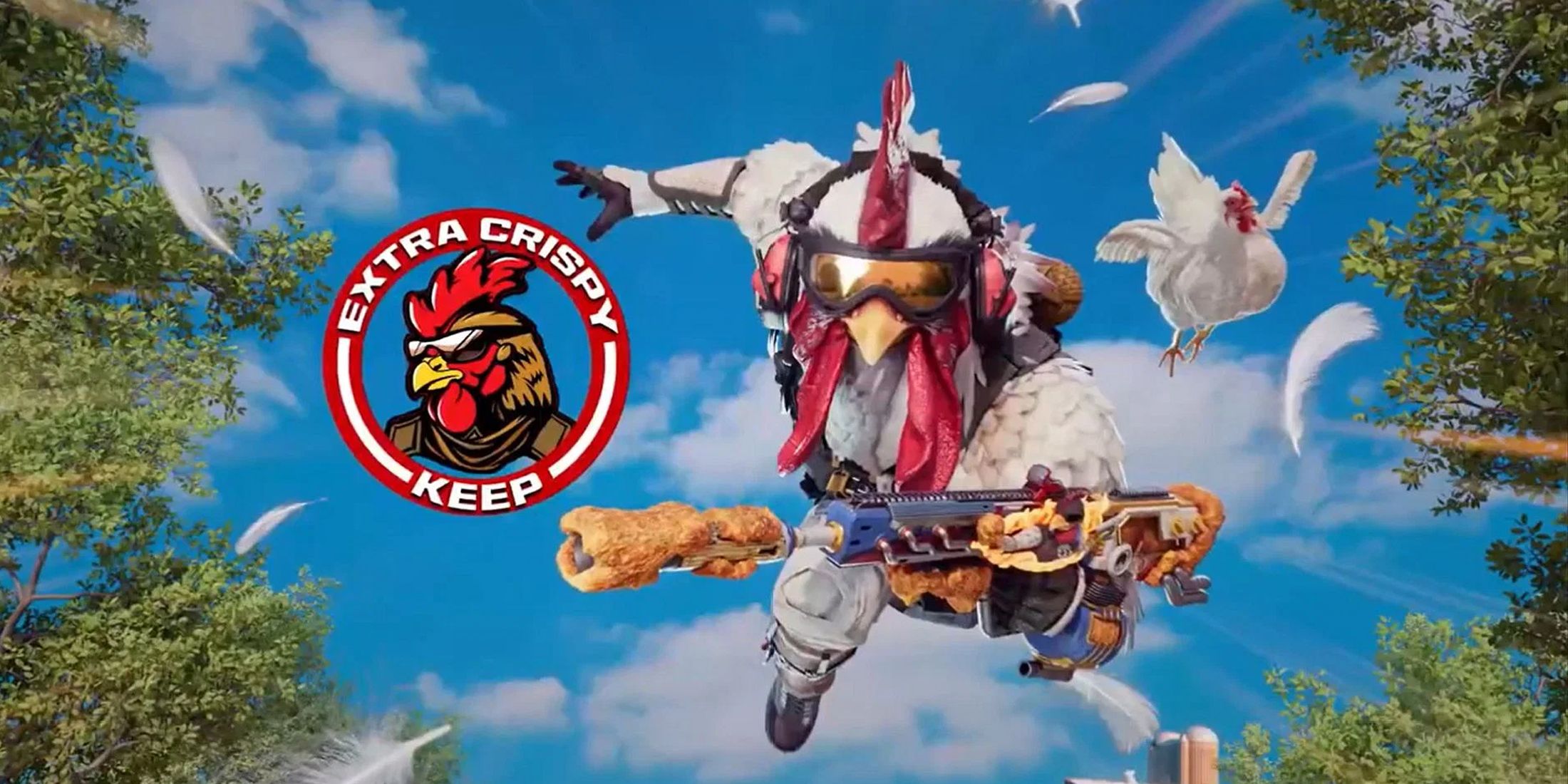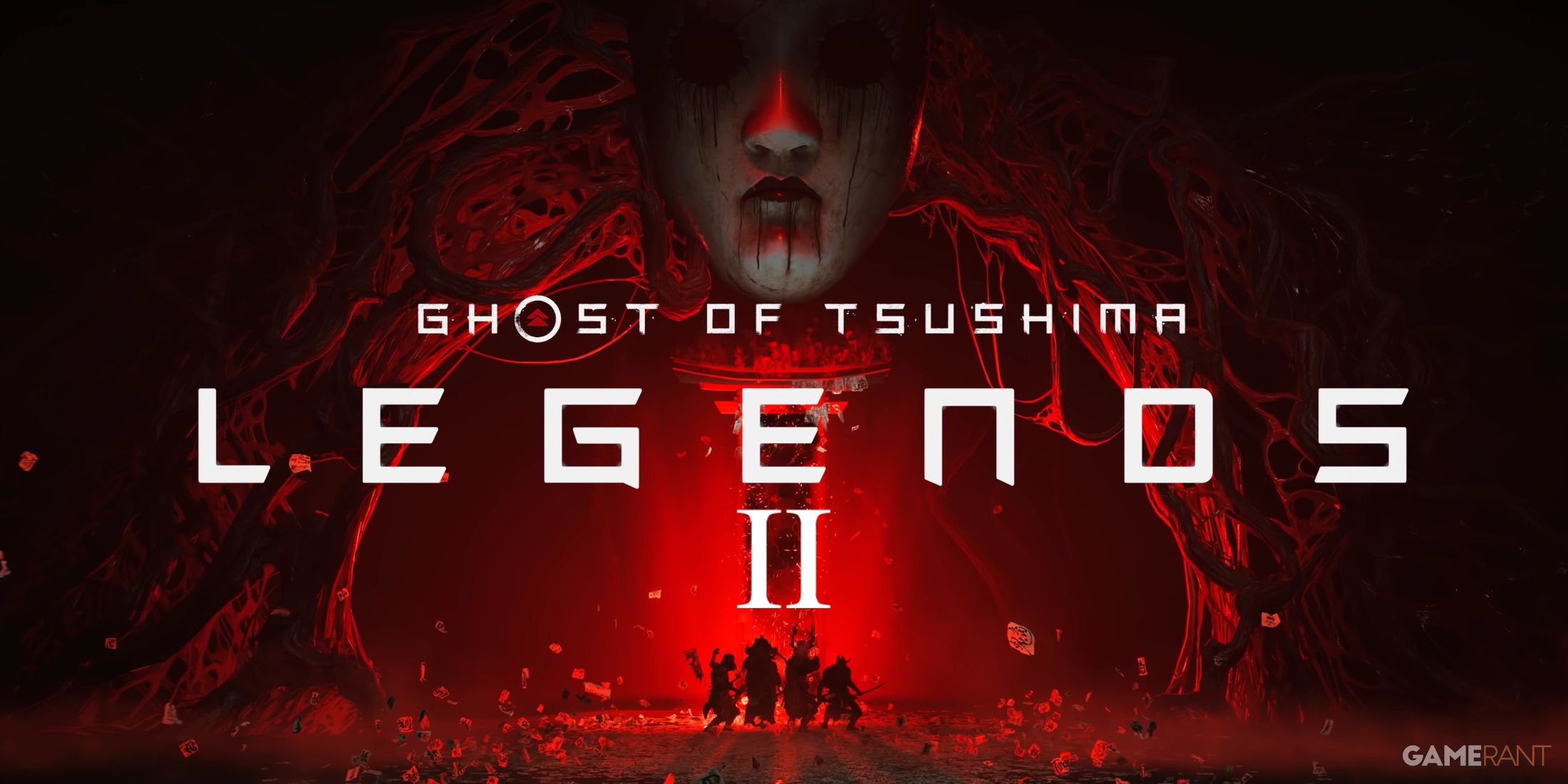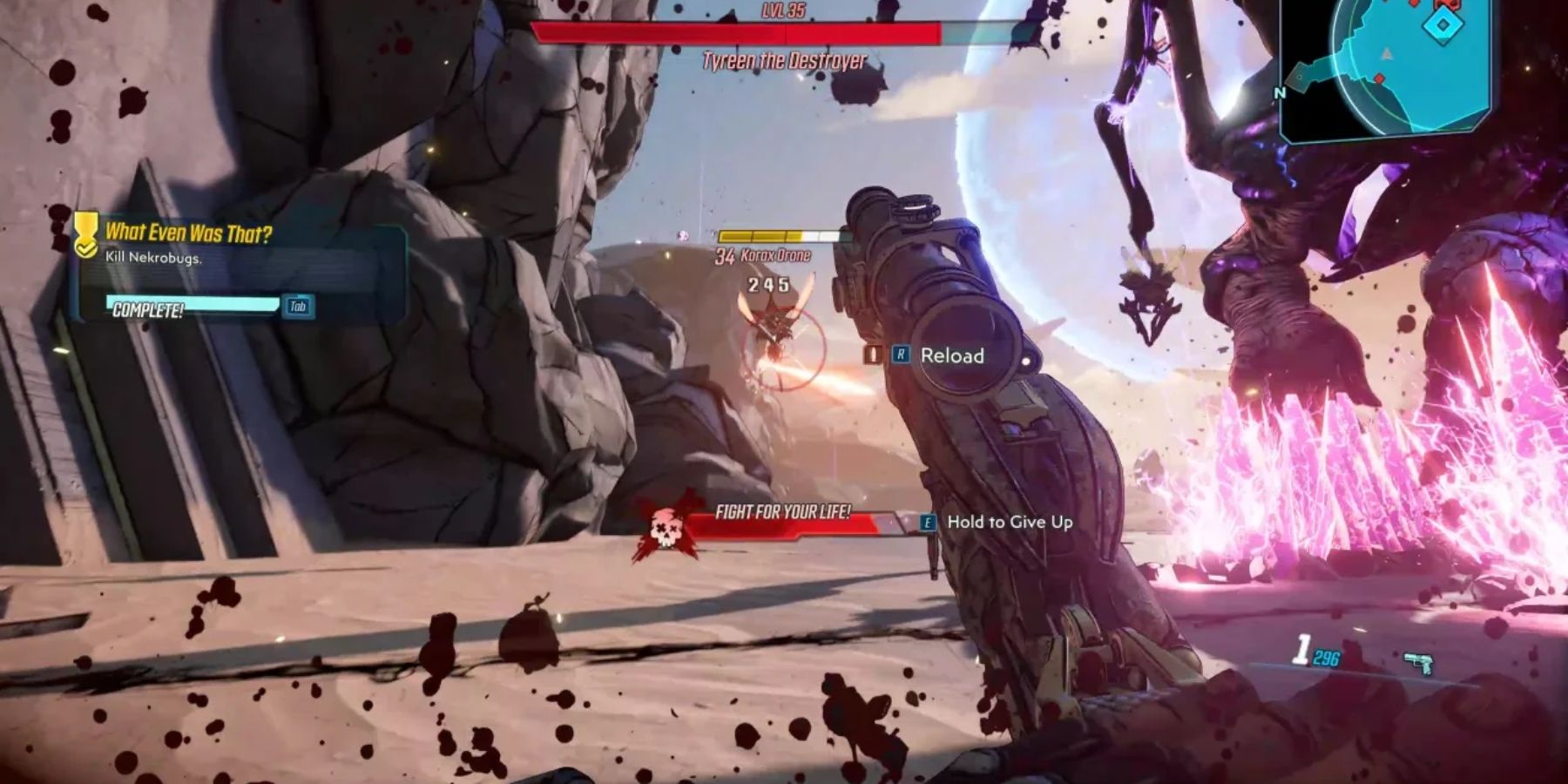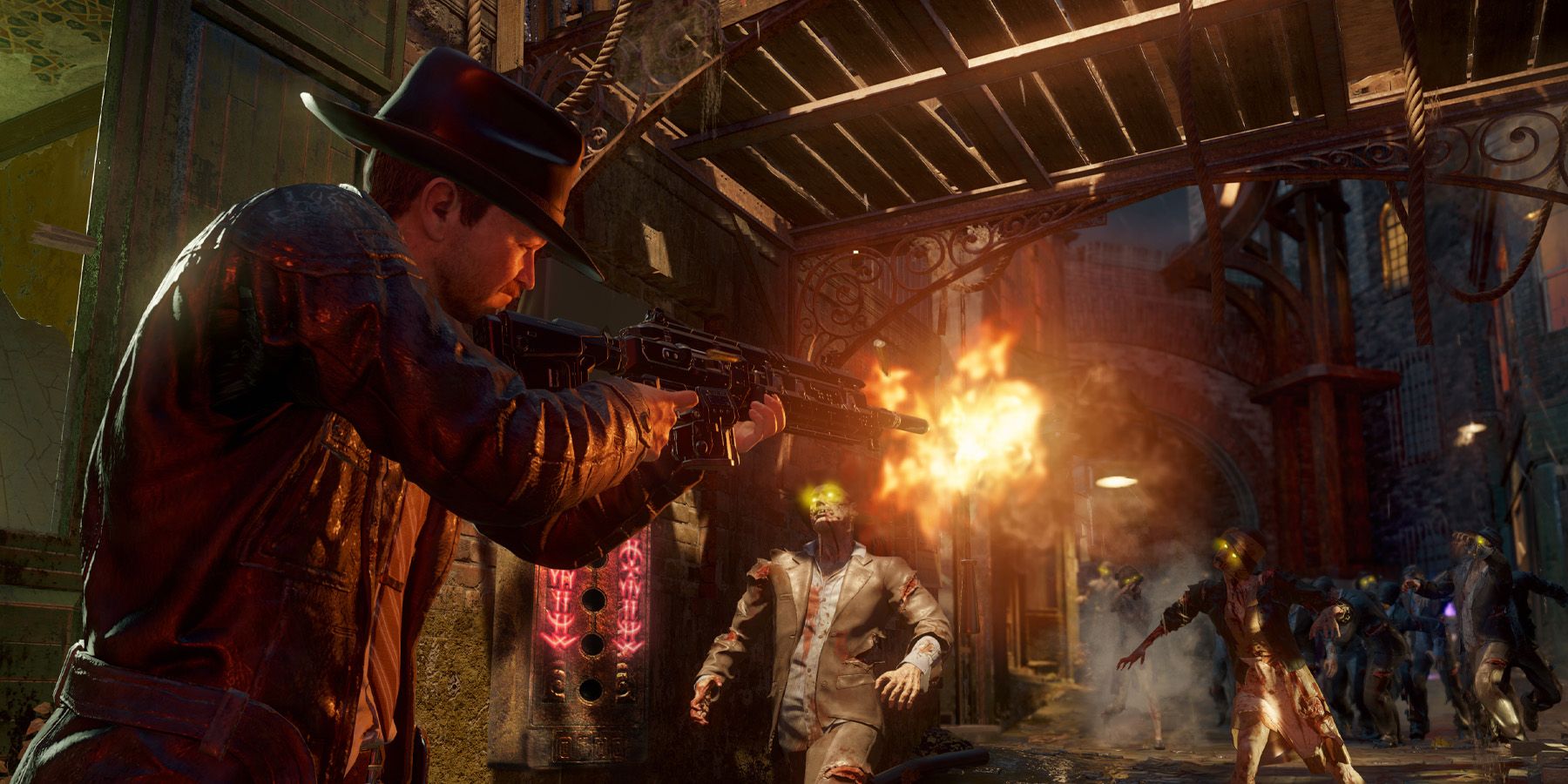For the last few decades, the gaming industry has prioritized realism and immersion more than ever. Modern games, no matter what genre, are often expected to have certain features that emphasize realism, from life-like animations to authentic lighting and reflections. But video games also need to empower their players, and striking a balance between the two is no simple task. The 'Controllable helplessness' trope is one intriguing break from reality in the gaming world, designed solely to give the player an exhilarating moment of power.
The 'Controllable helplessness' trope isn't the easiest trope to explain due to its many different varieties. Generally speaking, the 'Controllable helplessness' trope can be found in any game that sees the player control their character in a specialized way right before their death. For instance, players just about to face death may enter a "downed" state where they can be revived or revive themselves, but that's just scratching the surface of this trope.
The Best Examples of the Controllable Helplessness Trope In Video Games
One of the best examples of the 'Controllable helplessness' trope in gaming comes from the Call of Duty series. First introduced in Call of Duty: World at War, players will enter a downed state rather than being killed if they have the Second Chance perk equipped. During this state, the player can shuffle around the floor slowly as they bleed out. Others with the same perk equipped, or those with the upgraded version of the perk in future Call of Duty titles, can revive those who have been downed. Call of Duty's various Zombies modes also use the same version of this trope, with the player being able to shoot their sidearm when downed and awaiting a revive.
Systems similar to Call of Duty's Second Chance perk can be found across gaming, most often appearing in team-based tactical games. Star Wars: Republic Commando, for example, features a similar version of the 'Controllable helplessness' trope, where they'll enter a downed state after taking too much damage. Once in this state, the player has a little more agency than in Call of Duty, being able to select a few different squad command options including asking for a revive from a teammate, or letting them finish the combat encounter without the player.
In some games, players are given even more agency during these 'Controllable helplessness' sequences, even being able to revive themselves from their near-death state. The Borderlands series will see players enter the "Fight for your life" state if they take too much damage, allowing them to revive themselves if they manage to kill an enemy within the limited time frame. The recent Tomb Raider series features a similar mechanic, albeit a more scripted one, where Lara Croft is repeatedly put in perilous situations that render her helpless for a few moments. During these sequences, players will need to fend off wolves and other enemies while they try to break free from the trap.
Every so often, the 'Controllable helplessness' trope is subverted in a unique and playful way. The Batman: Arkham Series features a few of these fun little subversions. The most notable example comes from Batman: Arkham Asylum, during the infamous sequence where Batman is succumbing to Scarecrow's Fear Toxin. After controlling the Joker and wheeling Batman into the asylum, the player takes control of Batman from a first-person perspective. All the player can do is move their head, and they're rendered completely helpless to Joker's gunshot to the head, which results in a game over screen similar to the ones players have seen throughout Arkham Asylum. However, this death screen tells the player to "move the middle stick to avoid Joker's gunshot,' which is an impossibility and a fun way to confuse players by using the 'Controllable helplessness' trope.





